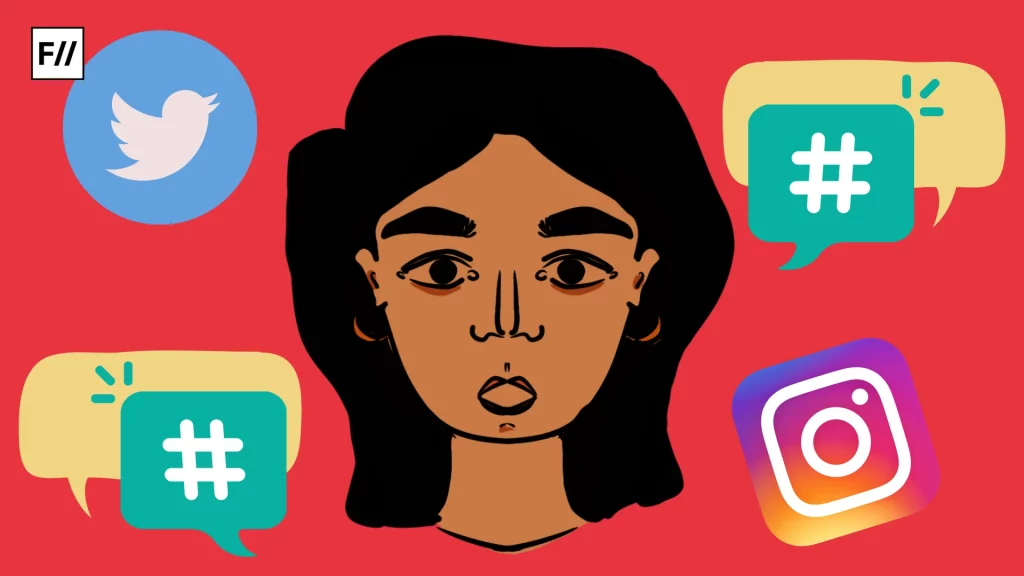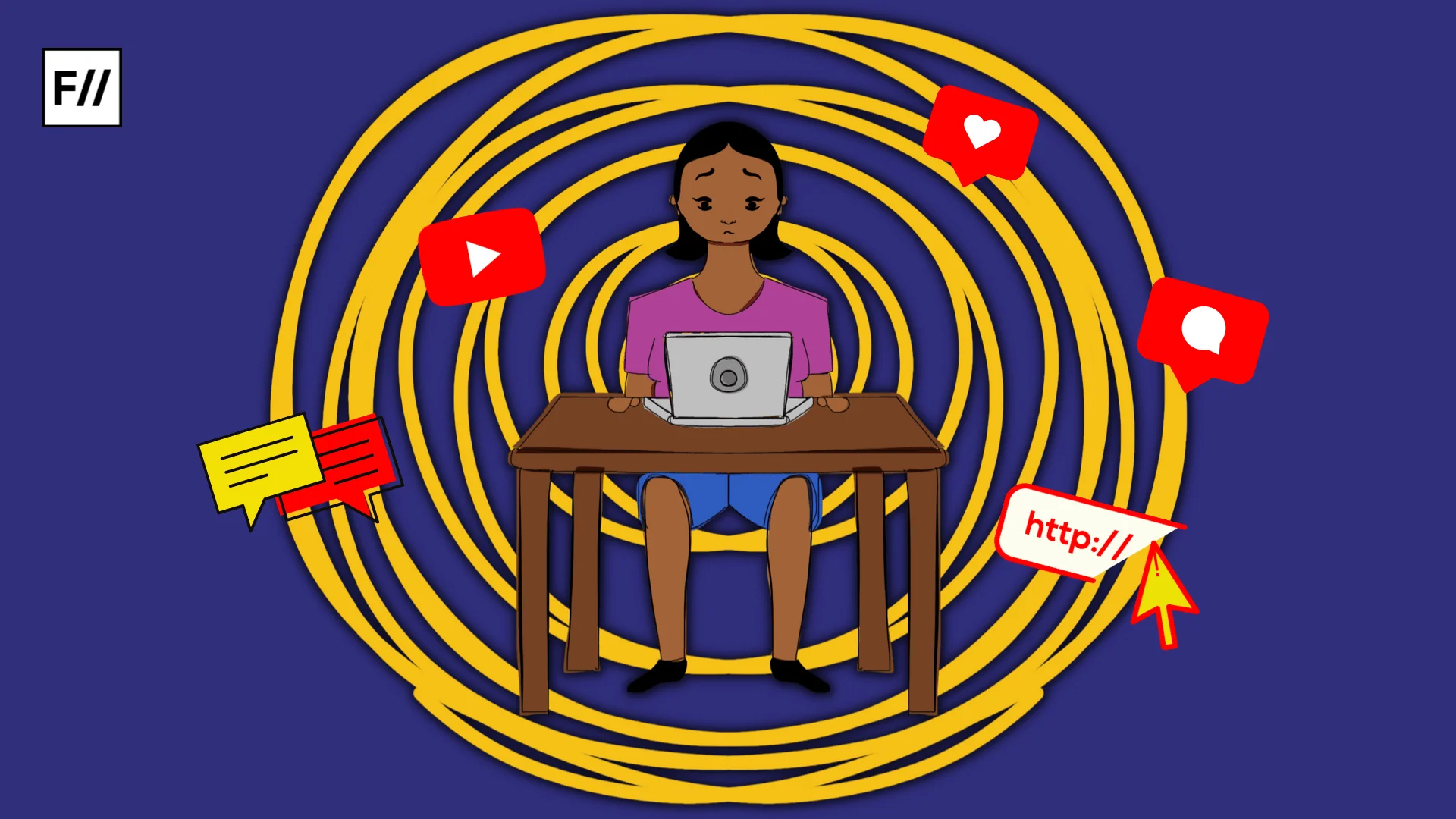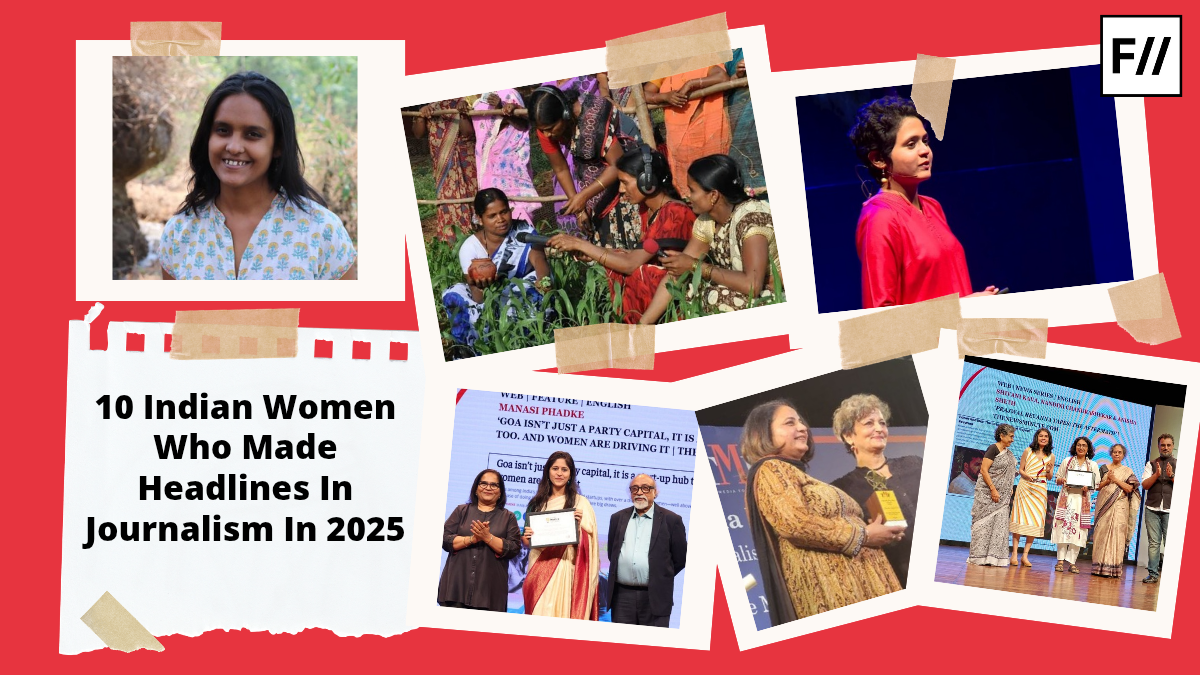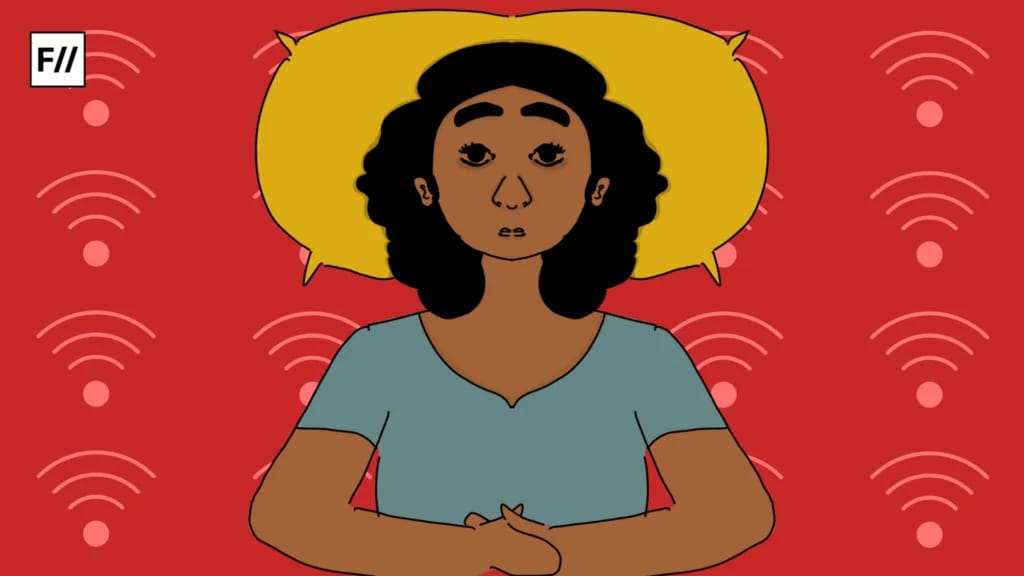On November 2, when the Indian Women’s Cricket team scripted a historic win against South Africa and lifted the World Cup Trophy for the first time, the internet was all praise. The comment sections of the announcement post were filled with “Queens of India”, “Hamari chhoriyan chhoro se kam hai ke”, “Powergirls”, “The daughters of India” and the “Pride of India”. A historic achievement, hands down. But let’s rewind a few years, and one can find the same place filled with comments like “You belong in the kitchen”, “Cricket is a men’s sport”, and more such taunting jibes whenever the team lost. This hypocrisy of people online isn’t surprising. Women who create history are often celebrated and shamed with a similar zest on social media platforms.
Renowned sitarist Anoushka Shankar posted a series of images showcasing the sexist comments she received lately on her posts. One of the comments on her post, where she’s performing a song from her album, says, ‘Indian classical music is sacred, but the attire worn is not matching,’ and another added, ‘You are blessed, but no need to show cleavage.’ To which Anoushka firmly responded, saying, ‘My body is not anyone else’s to comment. My choices are mine to make.’
Many incidents highlight that there’s a fear deep down in people, no matter what age or gender, who post themselves or their lives online that carries a weight of risk to be judged, shamed and trolled. And the solution to this? Turn off the comment section. But is that a protection or a surrender to the online abusers?
This incident highlights that there’s a fear deep down in people, no matter what age or gender, who post themselves or their lives online that carries a weight of risk to be judged, shamed and trolled. And the solution to this? Turn off the comment section. But is that a protection or a surrender to the online abusers?
Online trolling, hate comments and the destruction of a safe place
Social media was once considered a space where anyone could be seen, connect and express freely. But for many, it is gradually becoming a site of harassment and self-censorship. In a report by the WICCI Punjab Social Security and Reforms Council in 2022, India recorded over 65,000 cybercrime cases and over 4,000 involved online sexual exploitation cases, and many more go unreported. For social media creators who are Dalit, Muslim, or LGBTQIA+, the abuse is even more violent and hateful. Instagram creator Kusha Kapila faced online hate for her body transformation, and in a video, she addressed the hate and said, “Being a woman on the internet is like being constantly watched, judged, and punished—for simply existing.”

Over 2,800 academic papers on digital misogyny have found that online gender-based harassment has evolved over the years. The authors shared that the ML tools designed to detect sexist content are increasingly becoming more graceful, failing to account for the real-world psychological and social harm suffered by the victims. A recent UK study discovered that sexist comments on TikTok receive around 60% more likes than non-sexist ones, especially on women’s videos under popular challenges, which have far more gendered abuse. This behaviour is being favoured by the algorithm; the more toxic the comment, the more visibility the post is getting. In short, sexism and misogyny online have been normalised by the very design of several social media spaces that were initially meant to empower networking.
Punishment for being vocal
When Gurmehar Kaur, a 20-year-old student from Delhi, posted a message saying, ‘Pakistan did not kill my father; war did’, she met with intense online hate, from rape threats to disgusting questions on her patriotism. A space that was considered to seek support and help quickly turned into a space where being vocal and supportive of justice is a crime.
Recently, Kannada actor and politician Ramya became the target of brutal online abuse when she came out in support of justice in a case involving Kannada actor Darshan. Her social media DMs and comments were flooded with abuse, death threats and rape threats, mostly from the fans of the actor. In a police complaint, Ramya shared 43 social media accounts that had sent vulgar and obnoxious messages to her. The incident turned so sour and brutal that the Karnataka State Women’s Commission took suo motu of Ramya’s case and instructed the police to take strict action against the offenders.
Himanshi Narwal, who faced ghastly online abuse after the death of her husband in the Pahalgam terror attack, pleaded with the media not to target Kashmiris or Muslims. The internet was ready with a backlash to offer on her plea instead of showing sympathy. Some accused her of being an opportunist, a desh-drohi; another wrote, ‘She should have been shot’; others claimed that she was involved in the attack. This is not new. Women who are war widows, terror attack survivors, and crime victims often face severe online abuse for speaking their opinions. Those who are politically correct gain all the sympathy, praise and love, while those who choose to speak the truth are penalised brutally with immense assumptions and claims.
Turning off comments: a forced exit
Often, it is observed that whenever a woman posts a series of pictures in a bold outfit, she turns off the comment section. Because the platforms are failing to protect them from all the dirty and sexist comments, as the reporting is slow and disgusting comments in regional languages are vastly ignored. Apparently, algorithms play a role in stifling women’s voices online. In recent research, the author found that Instagram often suppresses posts by vulnerable users and supports abusive accounts to thrive. The research explains the function of algorithmic omission – to hide users’ reporting or posting about severe online harassment that led them to feel they made a mistake speaking up online about it.
Often, it is observed that whenever a woman posts a series of pictures in a bold outfit, she turns off the comment section. Because the platforms are failing to protect them from all the dirty and sexist comments, as the reporting is slow and disgusting comments in regional languages are vastly ignored.
But still at times, people do put up posts and voice their opinions online and instantly turn off comments to shoo away all the negativity on their feeds. Research by Harvard Business Reviewshows that people disabling comments regain peace of mind, which comes at a cost. Negativity often finds a way, observed the authors, through DMs and alternative platforms. It is not only people but also companies, especially newsrooms, that seem to take the pathway to disable comments. In 2023, some major media outlets announced that they were permanently disabling comments on their official websites because of hate speech. A study by the Centre for Media Engagement in 2020 stated that online engagement drops on news websites when comments are off, but the quality of interaction significantly improves. In short, suggesting silencing the voices online is a safer trade in today’s hypocritical digital world. However, the ‘disable comment’ can offer momentary silence, but it certainly does not eliminate the digital violence and only forces people to exit from the public space.





